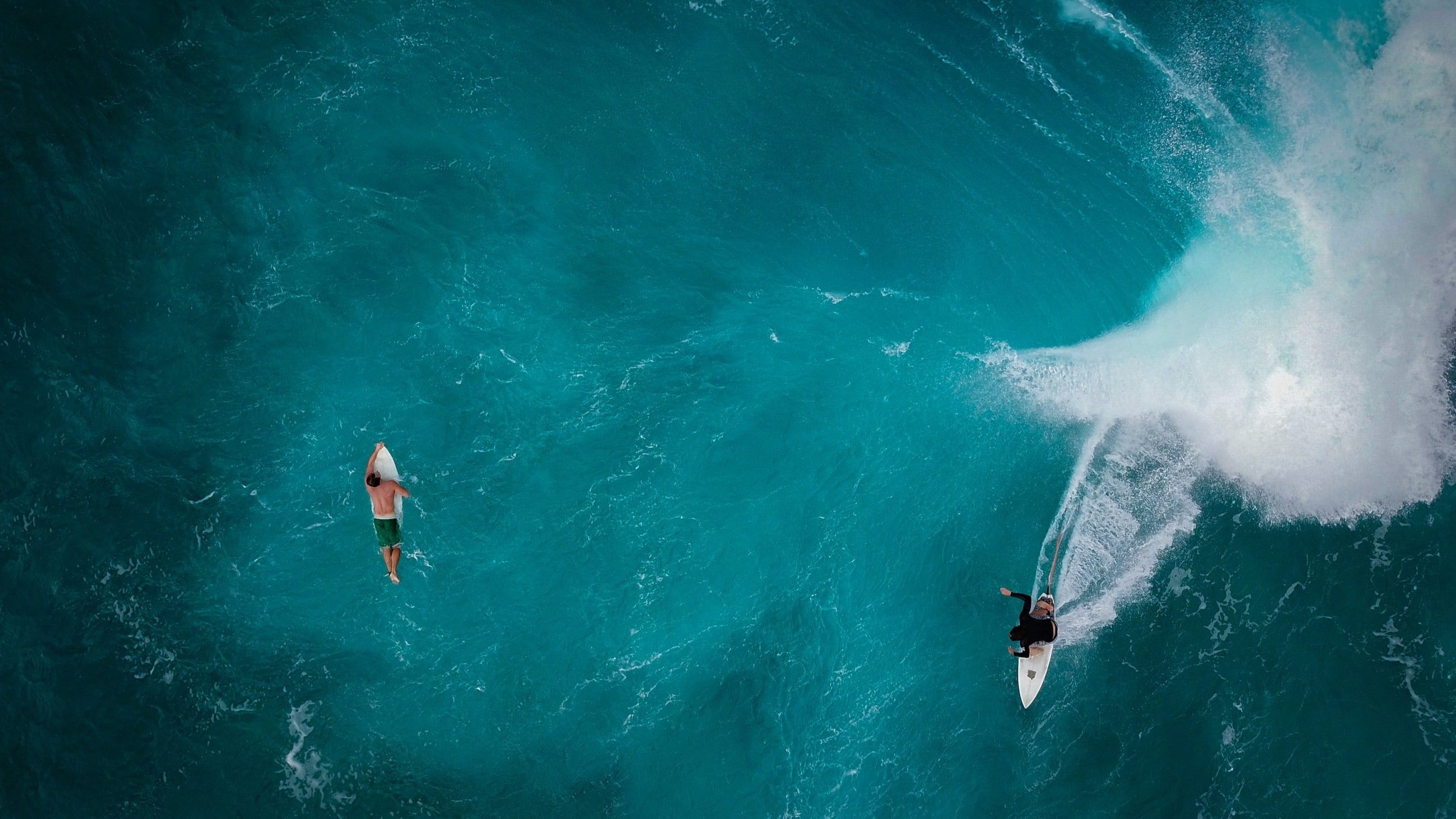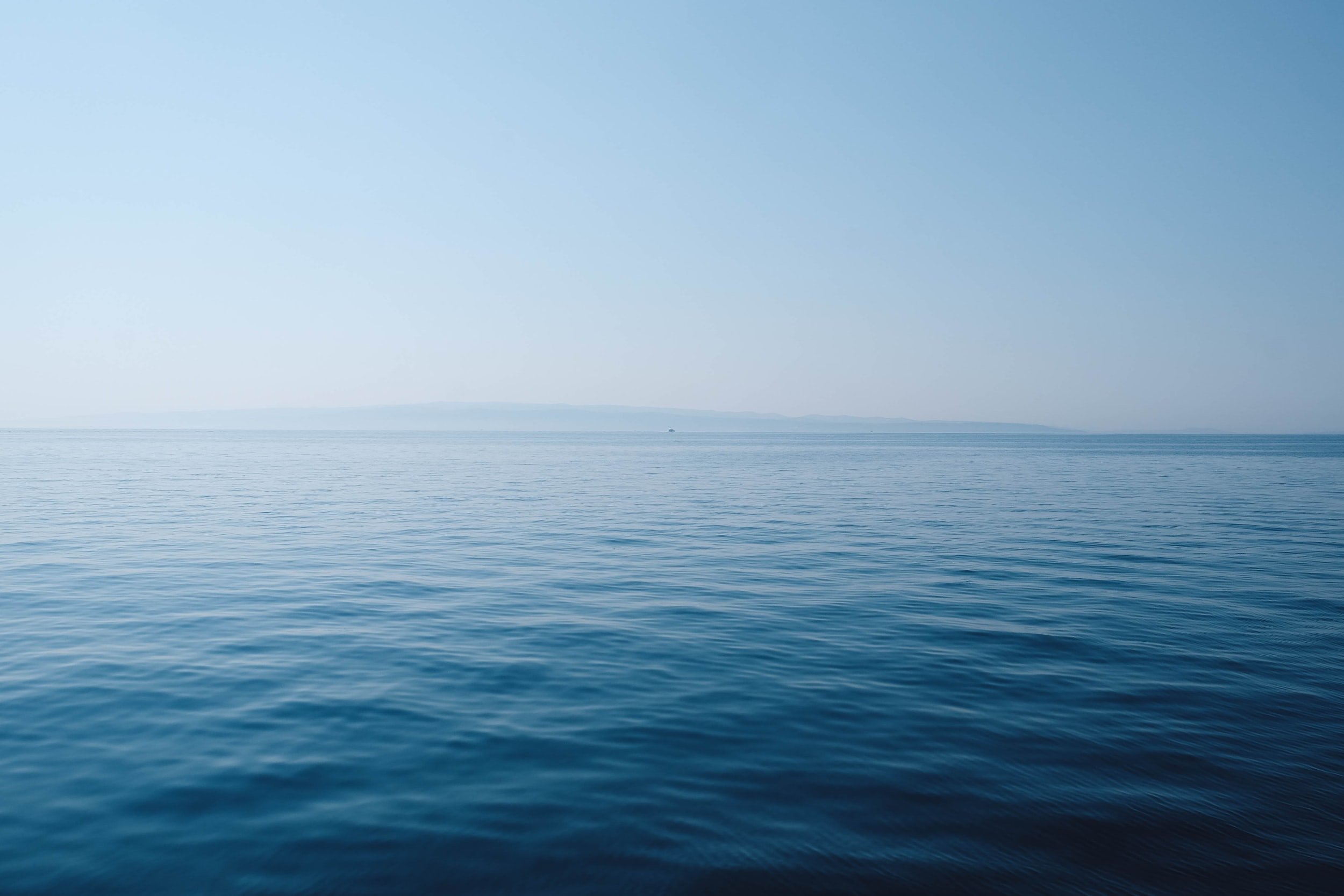
RPELA from Surfsafe is committed to continued research and development. The electronic shark deterrent device you use and trust to keep you safe and now evolved into RPELA.
We have targeted hotspots around the globe from Balina on the East Coast of Australia, Margaret River and Esperance in the South of Western Australia, Plettenburg Bay South Africa, J Bay South Africa, South West New Zealand to the notorious shark hot spot of Reunion Island.
Our independent scientific testing has recently been conducted of the Coast of Esperance in Australia, under the supervision of world renowned Shark Scientist OCEAN RAMSEY with Data analysed by Australian and International independent scientists.
RPELA TIMELINE
2012
July: RPELA shark deterrent project.
September: Prototype Manufacturing RPELA SURFSAFE version I.
October: First trials with shark fisherman of Northwest Australian coast.
November: First Expedition to Dampier coast trials with bull sharks and whalers sharks
2013
March: First Expedition to Stuart Island (New Zealand) testing with white sharks.
July: Second expedition to Stuart Island (New Zealand) testing SURFSAFE deterrent with white sharks.
August: Apply for round 1 of Govt Funding for deterrent R&D.
2014
January: Trip to Reunion Island to trial RPELA and get French to help with R & D.
June: Third expedition to Stuart Island (New Zealand) to test RPELA with white sharks.
August: First expedition to Mossel Bay (South Africa) testing RPELA on white sharks.
2015
January: Second expedition to Mossel Bay (South Africa): testing, assisting and collaboration with researchers.
2016
December: Expedition to Dampier (Western Australia) to test with Bull sharks and tiger sharks.
2017
August: First expedition to Neptune Islands (South Coast of Australia) with Charlie Huvieneers to test on white sharks.
September: Second expedition to Neptune Islands (Australia) to test the device on white sharks.
October: Third expedition to Neptune Islands (Australia) to test the device on white sharks.
November: Fourth expedition to Neptune Islands (Australia) to test the device on white sharks.
December: Fifth expedition to Neptune Islands (Australia) to test the device on white sharks.
2018
January: Sixth expedition to Neptune Islands (Australia) to test the device on white sharks.
February: Testing on whaler sharks in Perth (Western Australia).
March: First expedition off the Coast of Esperance (Western Australia) to conduct test on white sharks. This testing was led by sharks Scientist Ocean Ramsey.
May: Second expedition off the coast of Esperance (Western Australia) to test on white sharks.
October: At the island of Guadalupe we researched the effectiveness of the RPELA electromagnetic deterrent with the white sharks. A total 18 trials were successfully conducted with data collected from each trial .
8 trials were conducted using the control (no Device)
10 trials were conducted using the active (with RPELA device)
A total of 104 interactions from the white sharks
We had approximately 17 individual white sharks
Approx. 11 male sharks 2.5 mtr -5.5 mtr
Approx. 6 female sharks 2.5 mtr -6.0 mtr
The Data and videos are being examined and will be complied in to a report and white paper by Dr Craig Blount at Cardno ,we look forward to returning if possible to gain further data .

Research
RPELA v2 Scientific White Paper 2021
Executive Summary
Globally, the occurrence of unprovoked shark bite has been increasing due to various natural and anthropogenic factors and many of the bites, including some that were fatal, have been to surfers. White sharks (Carcharodon carcharias), tiger sharks (Galeocerdo cuvier) and bull sharks (Carcharhinus leucas) have accounted for most of the bites.
Various personal shark deterrents are commercially available to surfers. The Rpela is a battery-powered, water-activated electric personal deterrent fitted to a surfboard that produces an electric field around the surfer. It is designed specifically to deter sharks from approaching or biting surfers by disrupting a sharks’ sensitive electro-reception organs. It has been recently reconfigured from previous models to increase the strength of its electric field with a view to increasing its effectiveness.
The reconfigured Rpela (version 2) was tested on white sharks at Salisbury Island, Western Australia, in March and April 2018 using a custom-built floating board with fish bait attached (to tempt a bite). Testing involved attracting white sharks to the stern of an anchored vessel by hanging bait (tuna) in the water and tapping the hull of the vessel with a metal pole then removing and replacing it with the test board mounted with the Rpela v2. The test board also had fish bait hanging 45 cm below it in a canister. In total, 46 trials were done with the Rpela v2 either active or inactive (a control) to determine the device’s effect on (1) the probability of a shark biting or touching (interacting) with the bait, (2) the number of passes a shark took prior to biting or interacting with the bait and when it did not, (3) the mean distance between a shark and the bait. The presence of any habituation in shark behaviour was also explored by examining the number of passes and mean distance for sharks through time. Each trial was recorded by independent scientific observers and statistical analyses were done to determine the significance of differences in shark response when Rpela v2 was active and inactive.
Key findings include the following:
When active, Rpela v2 significantly reduced the probability of a bite and interaction (i.e. bite or touch) occurring compared with when it was inactive. The probability of a bite reduced from 0.75 to 0.25 (a 66% reduction) and an interaction from 0.80 down to 0.50 (a 38% reduction);
The number of passes taken by a shark regardless of whether a bite or interaction took place and when a bite or an interaction did take place also reduced when Rpela v2 was active; and
The mean distance between the shark and the bait increased when Repla v2 was active.

